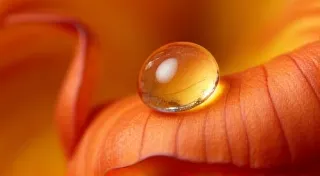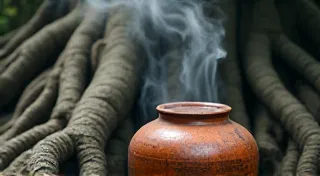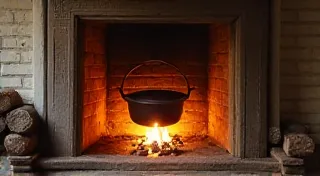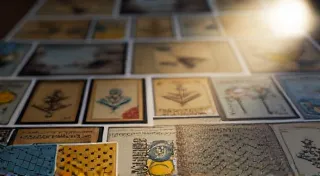The Poet's Palette: Capturing the Essence of Lavender Beyond Provence
The scent of lavender. For most, it conjures images of sun-drenched fields in Provence, a fragrant purple haze stretching as far as the eye can see. It’s a romantic ideal, heavily marketed and undeniably beautiful. But lavender's story extends far beyond that single, iconic landscape. It’s a story of resilience, adaptation, and surprising diversity – a story that a dedicated herb gardener can unlock with a little exploration. I’m not merely talking about different cultivars of Lavandula angustifolia, the true “English lavender,” but venturing into the realm of rarer, more challenging, and utterly captivating species.
My own fascination with lavender began, not in a field of purple blooms, but in my grandfather’s workshop. He was an accordion repairman, a quiet, meticulous man who coaxed music back into battered instruments. The air in that workshop always held a peculiar, comforting blend of lemon polish, aged wood, and something floral, though I couldn’s quite place it. Years later, I realized that faint, underlying fragrance was the lavender he grew in pots along the windowsill, a small patch of Lavandula latifolia – a more robust, camphor-scented relative of the Provence standard – that he used to scent moth sachets for his instrument cases. He taught me, without explicitly saying so, to appreciate the subtle nuances within a seemingly simple thing, to understand that beauty and utility aren't always synonymous with widespread popularity.
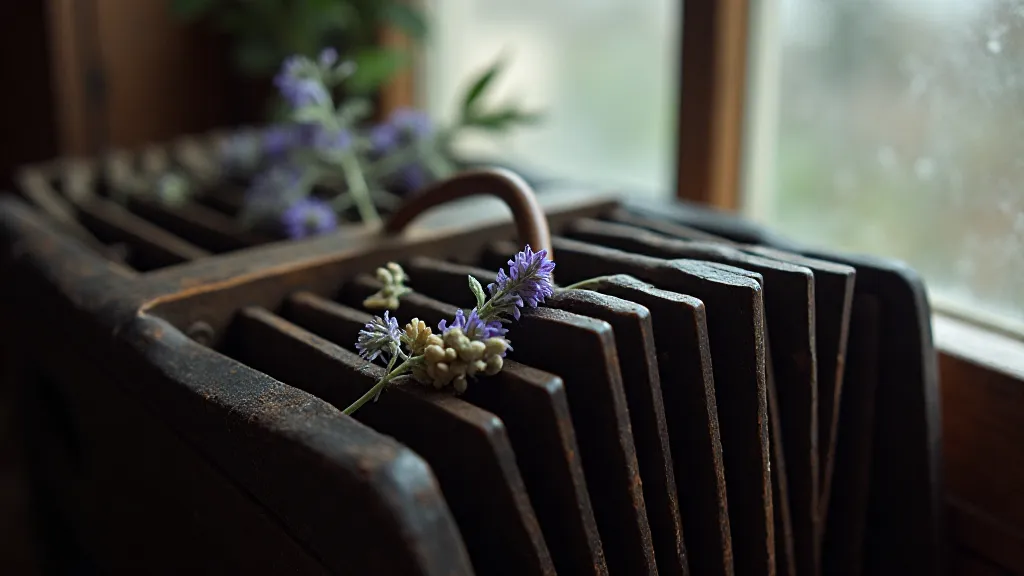
Beyond the Familiar: Exploring Lavender Species
While Lavandula angustifolia is prized for its sweet, floral fragrance and culinary applications, the lavender world offers so much more. Lavandula latifolia, often called Spike Lavender, presents a bolder, more pungent aroma, with notes of camphor and a hint of spice. It’s traditionally used in aromatherapy for its invigorating properties, and its essential oil is incredibly useful in cleaning products. Then there's Lavandula x intermedia, a hybrid offering robust growth and high essential oil yields – commonly cultivated for commercial production, but equally rewarding for the home gardener willing to provide the right conditions.
Less commonly encountered are species like Lavandula pinnata, native to Canary Islands, known for its silver-grey foliage and cascading habit – stunning in hanging baskets and rock gardens. Or Lavandula virgineana, native to Texas and northern Mexico, with longer flower spikes and a more open habit. Each offers a unique aesthetic and a distinct fragrance profile, defying the Provence stereotype.
The Challenges of Rare Lavender Cultivation
Growing these less common lavender species isn't as straightforward as planting a seedling and hoping for the best. They demand a deeper understanding of their specific needs, often extending beyond the usual lavender recommendations of full sun and well-drained soil. Lavandula pinnata, for example, thrives in warmer, more humid environments, unlike the drought-tolerant angustifolia. It needs more frequent watering and protection from harsh winters.
Lavandula virgineana, while tolerant of some drought, prefers slightly richer soil than its cousins. Knowing your local microclimate becomes critical. Observe the natural flora in your area – what thrives nearby? Mimicking the conditions that support similar plants can offer valuable clues to the ideal growing environment for your chosen lavender species. A raised bed, improved drainage, or a sheltered location can make all the difference.
Many of these rarer species are propagated from cuttings rather than seed, meaning sourcing plants can be a challenge. Specialist nurseries and online forums dedicated to unusual herbs are excellent resources. Be prepared to experiment – propagation can be finicky, and success rates vary. The feeling of accomplishment when a cutting roots and establishes is a reward in itself.
The Craftsmanship Connection: A Shared Appreciation
There’s a compelling parallel between cultivating rare lavender and restoring antique accordions. Both pursuits demand patience, a meticulous eye for detail, and a deep respect for the original craft. An accordion is a marvel of engineering, a complex interplay of metal, wood, and bellows, each component carefully shaped and fitted. To repair one is to engage with the skill of the original maker, to understand the principles behind its construction. Similarly, nurturing a rare lavender variety is an act of stewardship, honoring the plant's unique heritage and ensuring its survival.
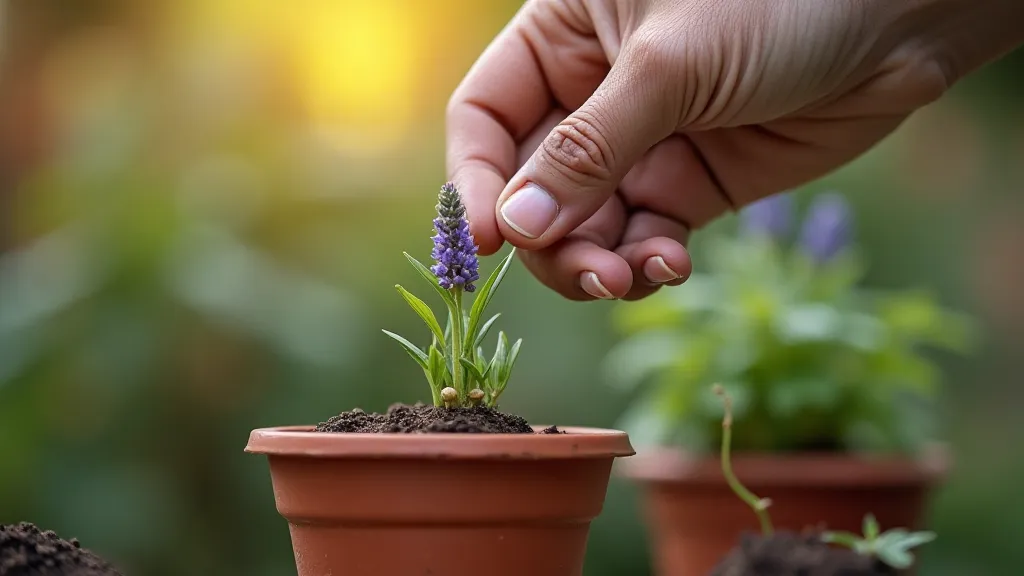
The repairman I knew – my grandfather – wasn't just fixing instruments; he was preserving a legacy. He’s often said that the best repairs weren’t about making things “new,” but about maintaining their character, celebrating their history. That same philosophy applies to gardening. Rare lavender varieties often carry their own stories – tales of exploration, adaptation, and survival. By cultivating them, we become part of that narrative.
Beyond the Scent: Culinary and Medicinal Possibilities
While Lavandula angustifolia is the most commonly used lavender in culinary applications, don't dismiss the possibilities of the others. Lavandula latifolia, with its bolder flavor, can add a unique depth to savory dishes, particularly when paired with hearty meats and roasted vegetables. The essential oils of these rarer species also offer distinct medicinal properties. Lavandula pinnata, with its calming aroma, may be particularly beneficial for stress relief, while Lavandula virgineana, with its slightly more astringent properties, can be used in skin care formulations.
However, caution is advised. Always research the specific properties and potential interactions of any herb before using it medicinally. Start with small amounts and observe how your body reacts. Responsible sourcing and proper identification are paramount.
A Gardener's Poem
Cultivating rare lavender is more than just a gardening project; it's a journey of discovery, a testament to the enduring beauty of the natural world. It’s a chance to connect with a heritage beyond the postcard-perfect image of Provence, to embrace the challenges, and to savor the rewards of nurturing something truly special. It's a quiet, poetic act, echoing the dedication of an accordion repairman coaxing music from an antique instrument, or a gardener nurturing a rare bloom – a reminder that the most beautiful things are often found beyond the well-trodden path. These less familiar lavenders hold a quiet strength, a resilience that speaks to the poetry inherent in both survival and beauty.


